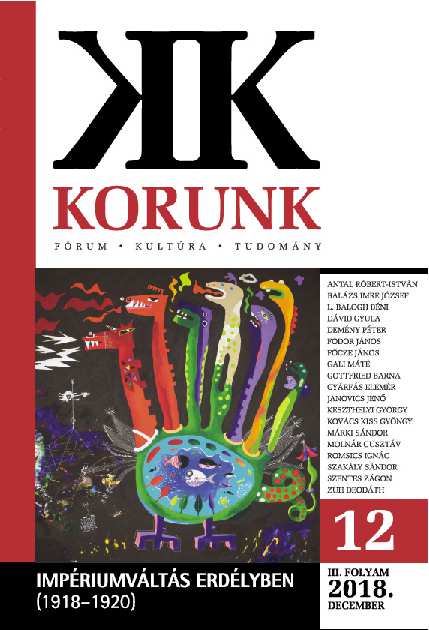Az Osztrák–Magyar Monarchia felbomlása. Katonai összeomlás
The Dissolution of the Austro-Hungarian Empire. The Military Collapse
Author(s): Sándor SzakálySubject(s): Pre-WW I & WW I (1900 -1919)
Published by: Korunk Baráti Társaság
Keywords: Austro-Hungarian Empire; military collapse; Padua armistice; Belgrade military convention
Summary/Abstract: On 3 November 1918, the representatives of the Austro-Hungarian Empire have signed the armistice agreement in Padua with the envoys of the Entente powers. Thus, the conflict subsequently known as the Great War ended with the military defeat of the great European power. The Imperial and Royal army, the Hungarian Honvéds and the Austrian Landwehr were unable to further defend the empire, although the Austro-Hungarian troops have, almost without exception, occupied their defensive positions on the territories of hostile countries. However, wars can be decided not only on military fronts, but also in the hinterlands. From this perspective, the question is whether there are possibilities for the production of an adequate number of industrial articles and whether the military industry is capable of fulfilling the needs of the troops. In our case, the hinterland was clearly incapable of this and depleted its resources during the five years of war. Furthermore, a large part of the multinational population did not want to maintain the empire. Due to all these factors, one of Europe’s greatest empires suffered a collapse, and new, growing countries have risen on its ruins.
Journal: Korunk
- Issue Year: 2018
- Issue No: 12
- Page Range: 6-11
- Page Count: 6
- Language: Hungarian

